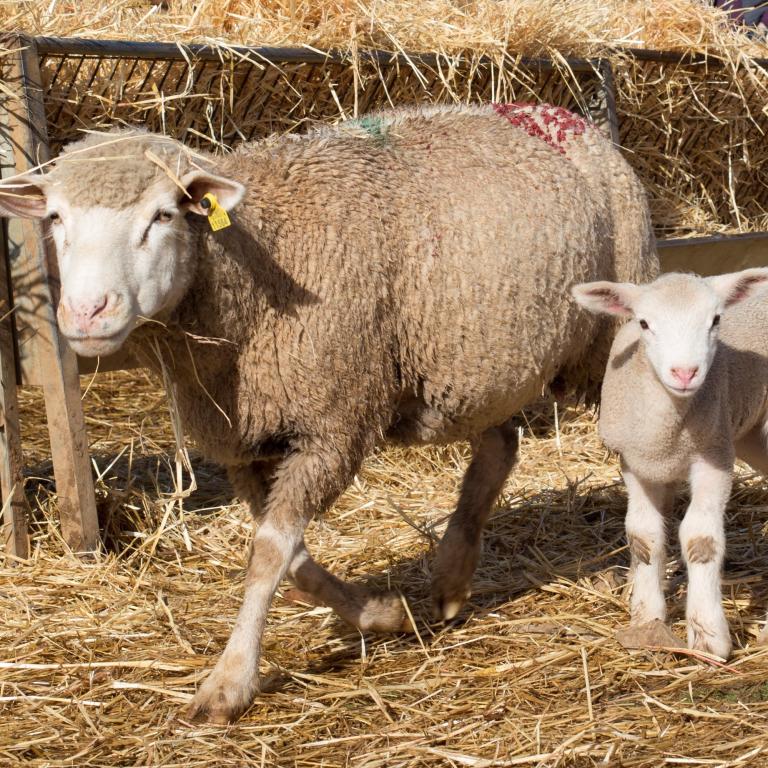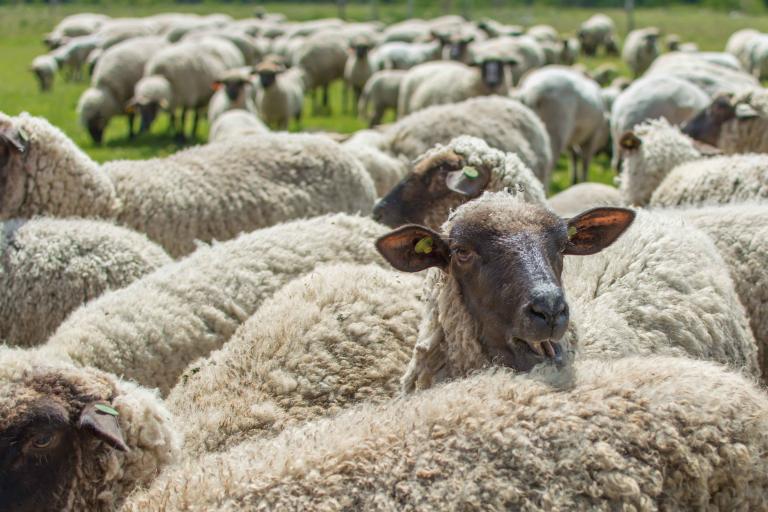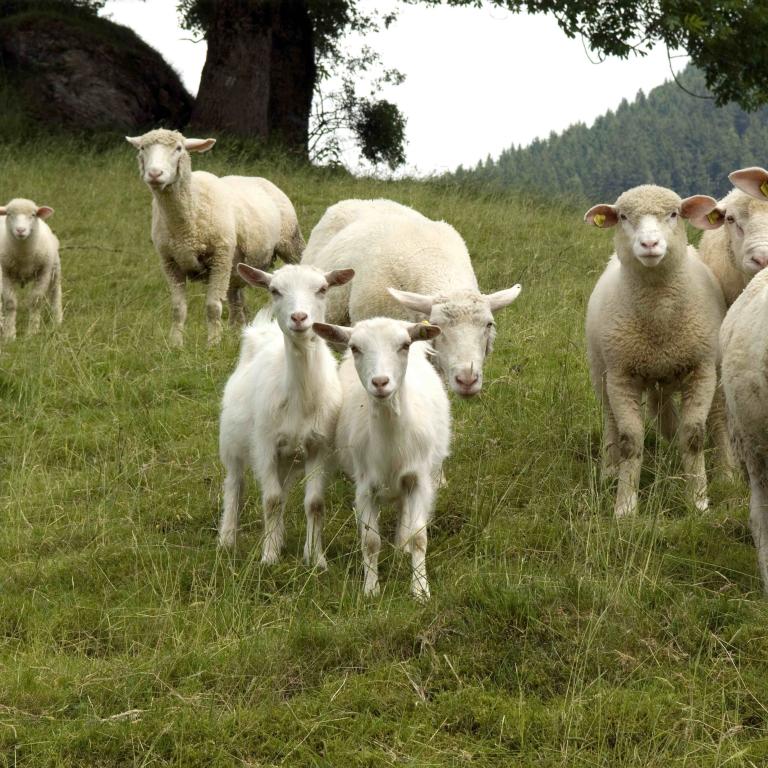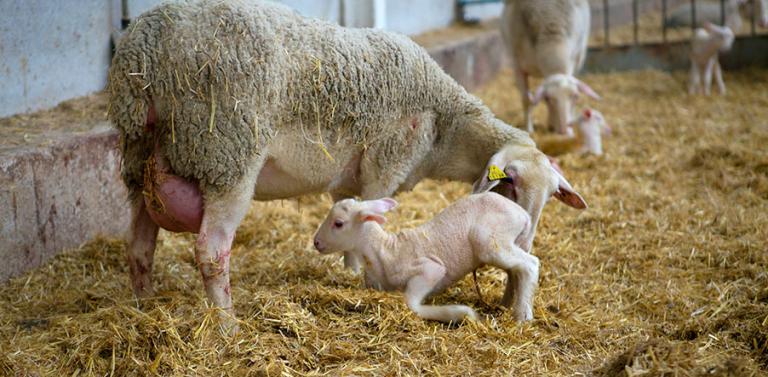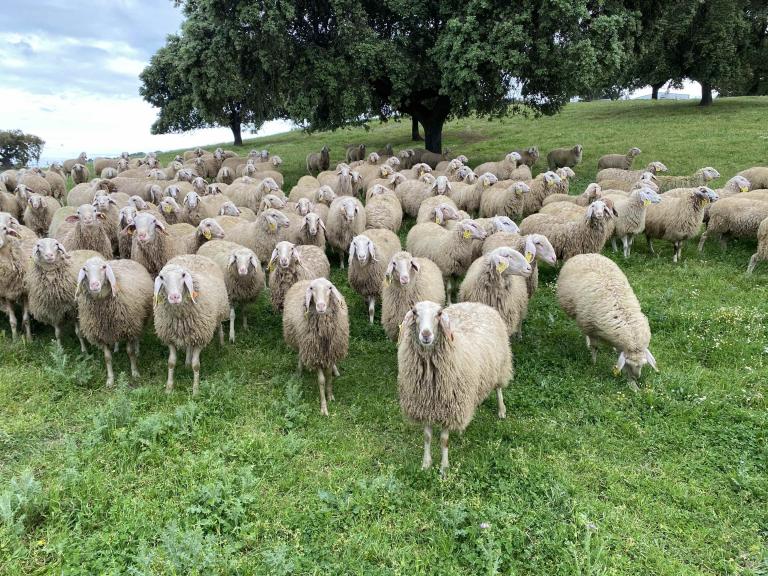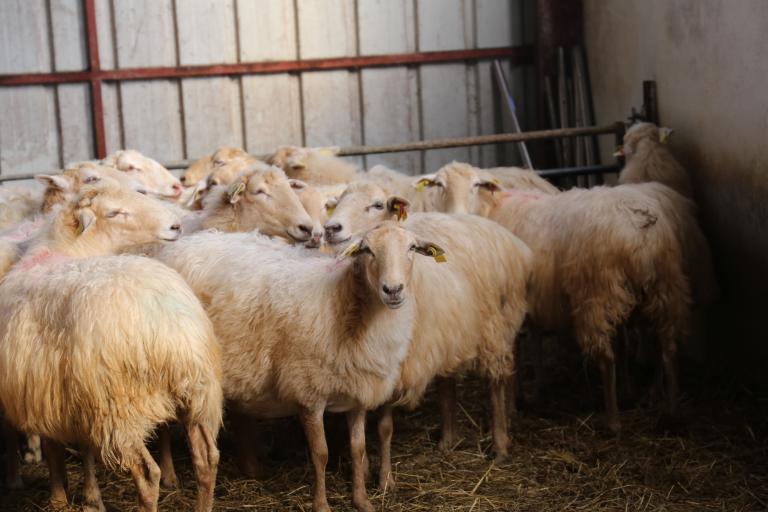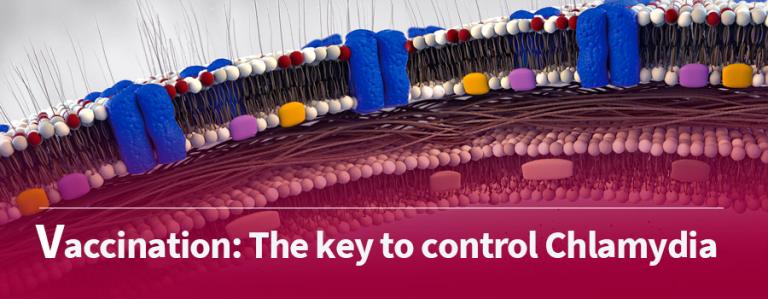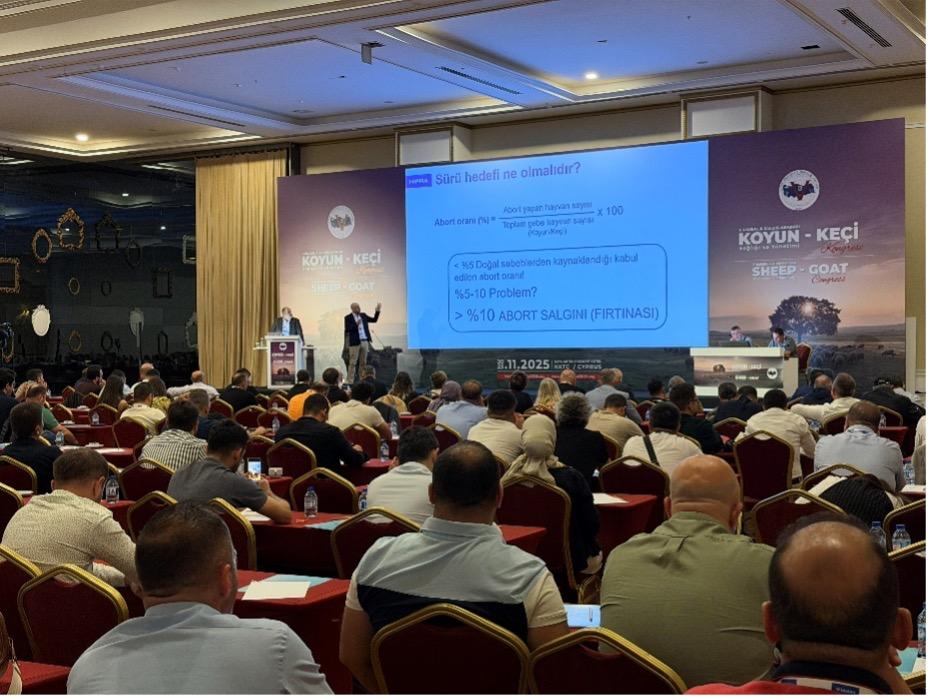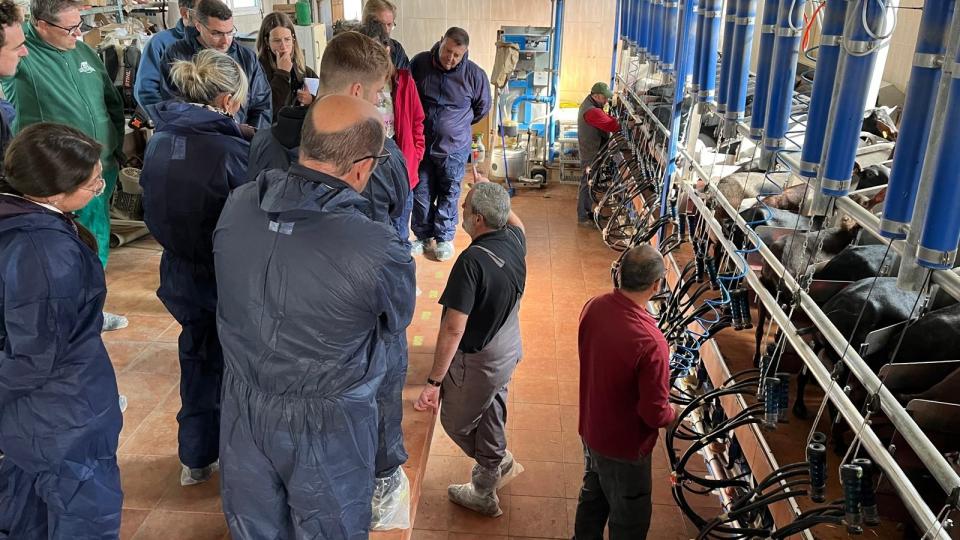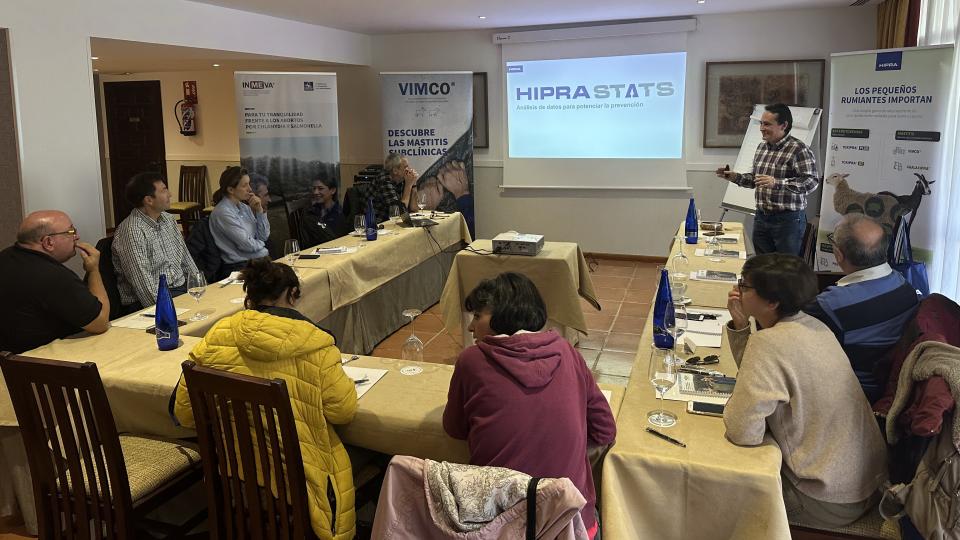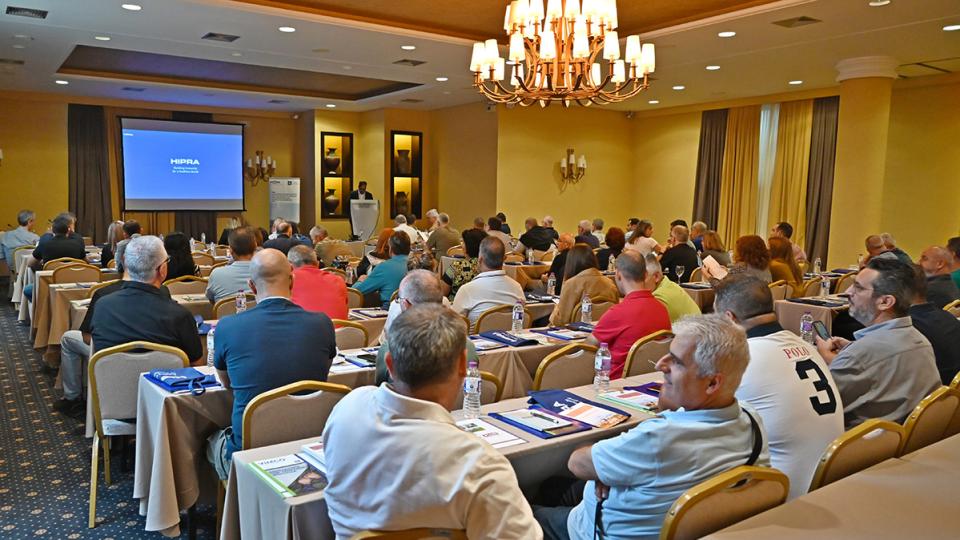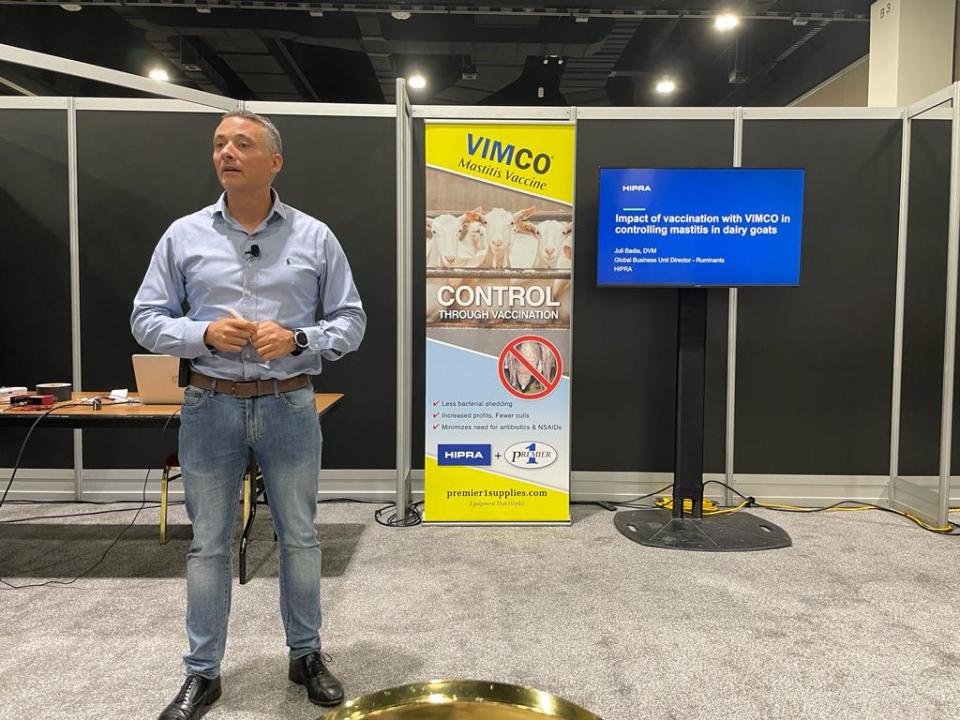Haemorrhagic enterotoxaemia caused by Cl. perfringens type C is a common disease in raising lambs and the main cause of economic losses during the first few weeks of life. It has been shown that vaccination of newborn lambs is not very effective in conferring protection and seroconversion produced is minimal. However, the transfer of antibodies via colostrum seems to be protective and detectable. The aim of this study was to evaluate the rate of passive immunization via colostrum from animals vaccinated with 2 commercial vaccines for preventing enterotoxaemia using a vaccination and revaccination schedule of ewes ante partum, compared with a control group.
Vaccination and revaccination of the ewes with the two vaccines tested is effective in early immunization, via passive route, of lambs but differences were observed in the titres of antibodies conferred by the two vaccines. This study suggests that the vaccination schedule at six weeks and three weeks prepartum should be considered as the optimal one to induce efficacious protection in lambs. The results obtained also indicate that the optimum time for vaccination of the lambs should be around four weeks of age to avoid prior interference with maternal antibodies.







